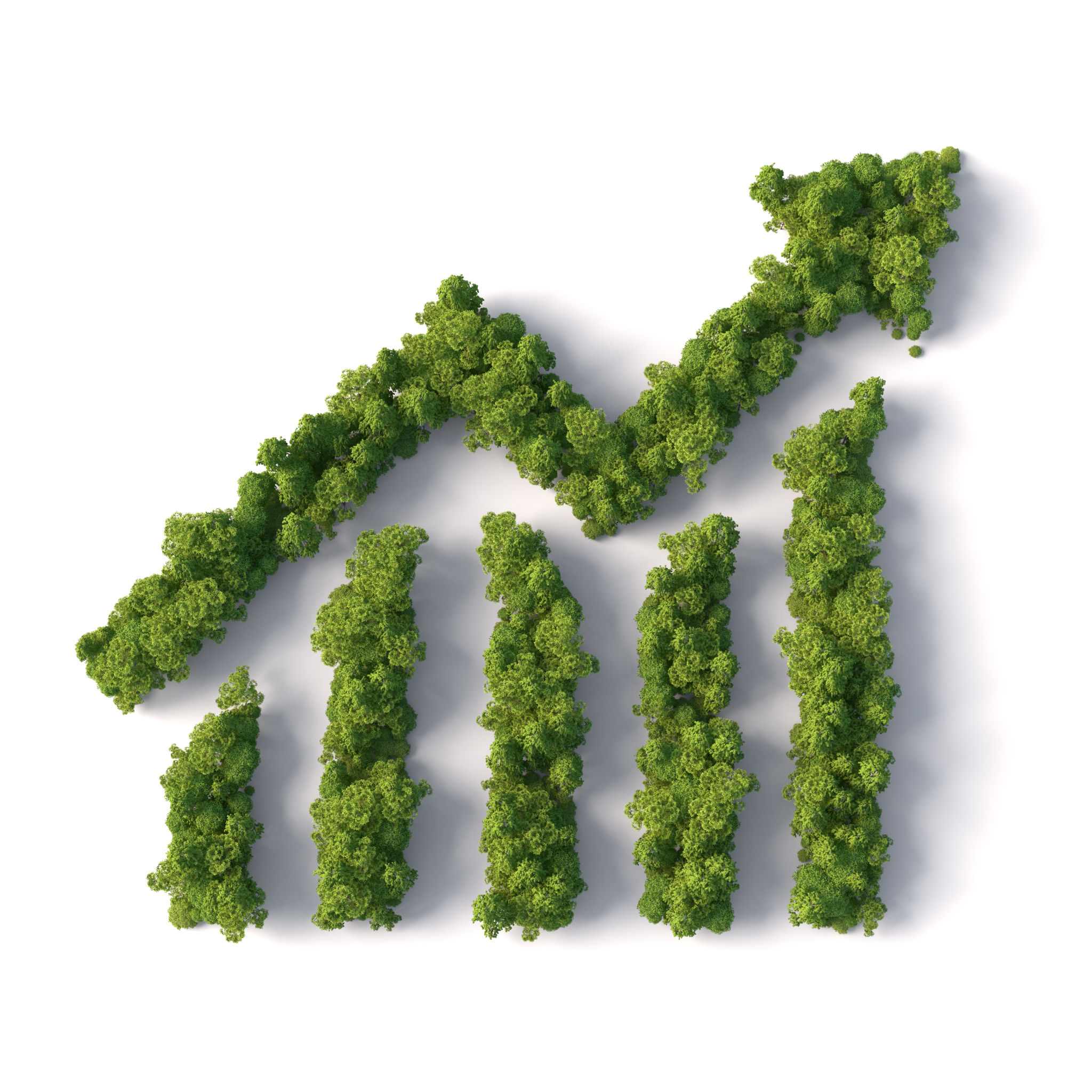Understanding Environmental Impact Assessments: A Guide for Florida Stakeholders
What is an Environmental Impact Assessment (EIA)?
An Environmental Impact Assessment (EIA) is a process used to evaluate the environmental effects of a proposed project or development. It considers both the short-term and long-term impacts on the environment, identifying ways to minimize negative effects. For stakeholders in Florida, understanding EIAs is crucial, given the state's diverse ecosystems and unique environmental challenges.
In Florida, the EIA process involves a thorough examination of how a project might affect local wildlife, water quality, air quality, and other ecological factors. These assessments are essential for ensuring that development projects do not irreversibly harm the environment.

The Importance of EIAs in Florida
Florida's rich biodiversity and unique landscapes make the implementation of EIAs particularly critical. From the Everglades to coastal regions, the state's environments are sensitive to changes that can arise from construction and industrial activities. By conducting EIAs, stakeholders can make informed decisions that protect these natural resources.
Moreover, EIAs offer a framework for public participation, allowing local communities and organizations to voice concerns and contribute to sustainable development. This collaborative approach is vital for balancing growth with environmental preservation.

The EIA Process Explained
The EIA process typically involves several stages:
- Screening: Determining whether a project requires an EIA.
- Scoping: Identifying key environmental issues and impacts to focus on during the assessment.
- Impact Analysis: Evaluating potential environmental effects and developing mitigation strategies.
- Reporting: Documenting findings in an Environmental Impact Statement (EIS).
- Review and Decision-making: Authorities review the EIS and decide whether to approve the project.
Each of these stages is essential for ensuring that all potential environmental impacts are identified and addressed effectively.

Key Stakeholders in Florida’s EIA Process
Several key stakeholders are involved in the EIA process in Florida. These include government agencies, project developers, environmental consultants, and local communities. Government agencies such as the Florida Department of Environmental Protection play a vital role in regulating and overseeing EIAs.
Project developers must ensure compliance with EIA requirements, while environmental consultants provide expertise in conducting assessments. Local communities and non-governmental organizations often participate in public consultations, offering valuable insights and advocating for environmental protection.

Challenges and Opportunities
While EIAs are crucial for sustainable development, they also present challenges. One common issue is the potential for delays and increased costs associated with extensive assessments. However, these challenges can be seen as opportunities for innovation and improvement in project planning.
By embracing new technologies and approaches, stakeholders can streamline the EIA process and enhance its effectiveness. For instance, advancements in data collection and analysis can improve the accuracy of impact predictions and facilitate better decision-making.

The Future of EIAs in Florida
Looking ahead, the future of EIAs in Florida will likely involve more comprehensive assessments that incorporate climate change considerations. As the state's climate continues to change, evaluating how projects impact resilience and adaptation will become increasingly important.
Additionally, greater emphasis on community engagement and transparency will ensure that EIAs remain a robust tool for protecting Florida's environment while accommodating necessary development.
